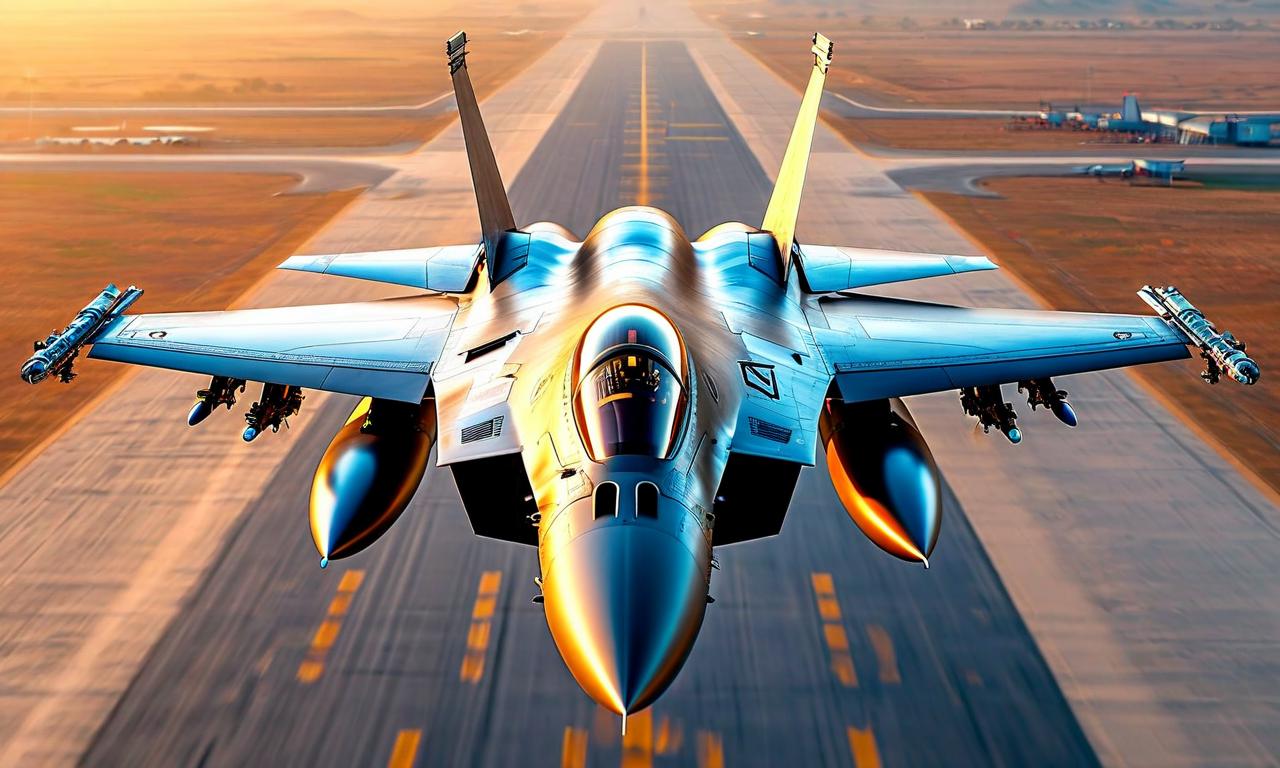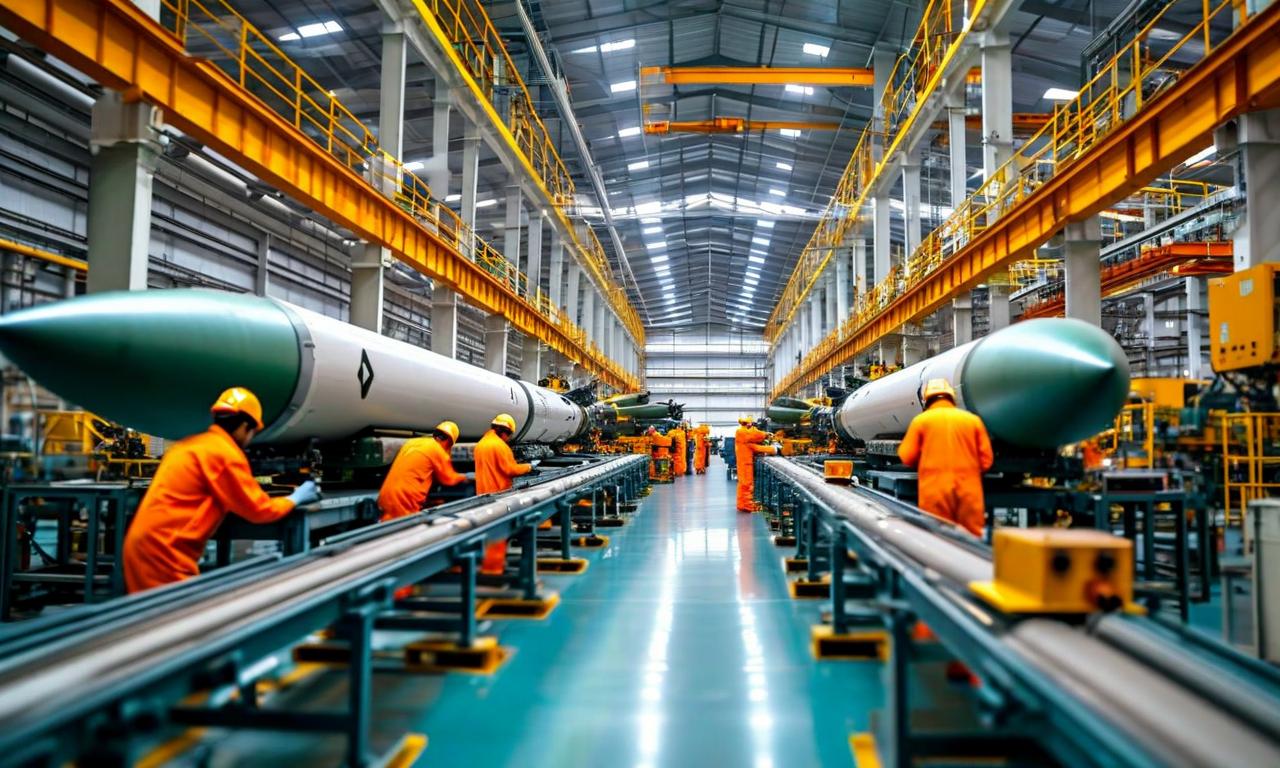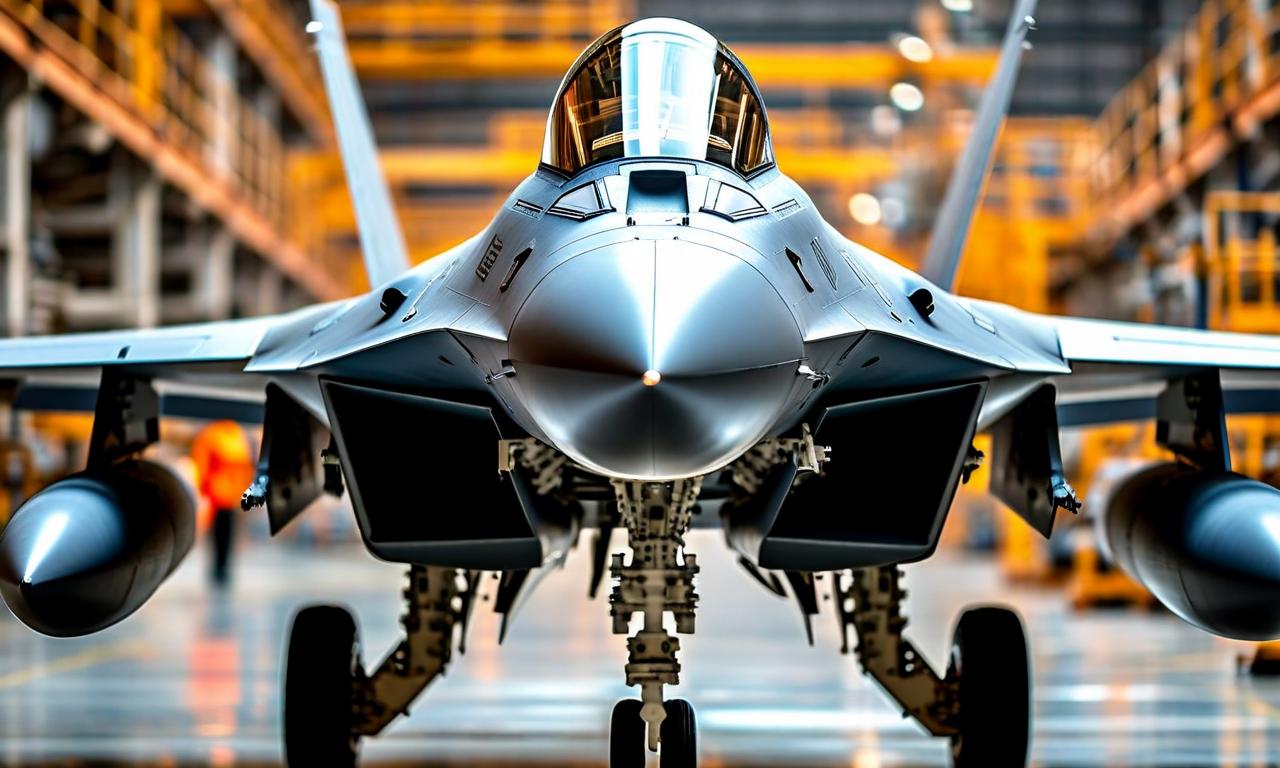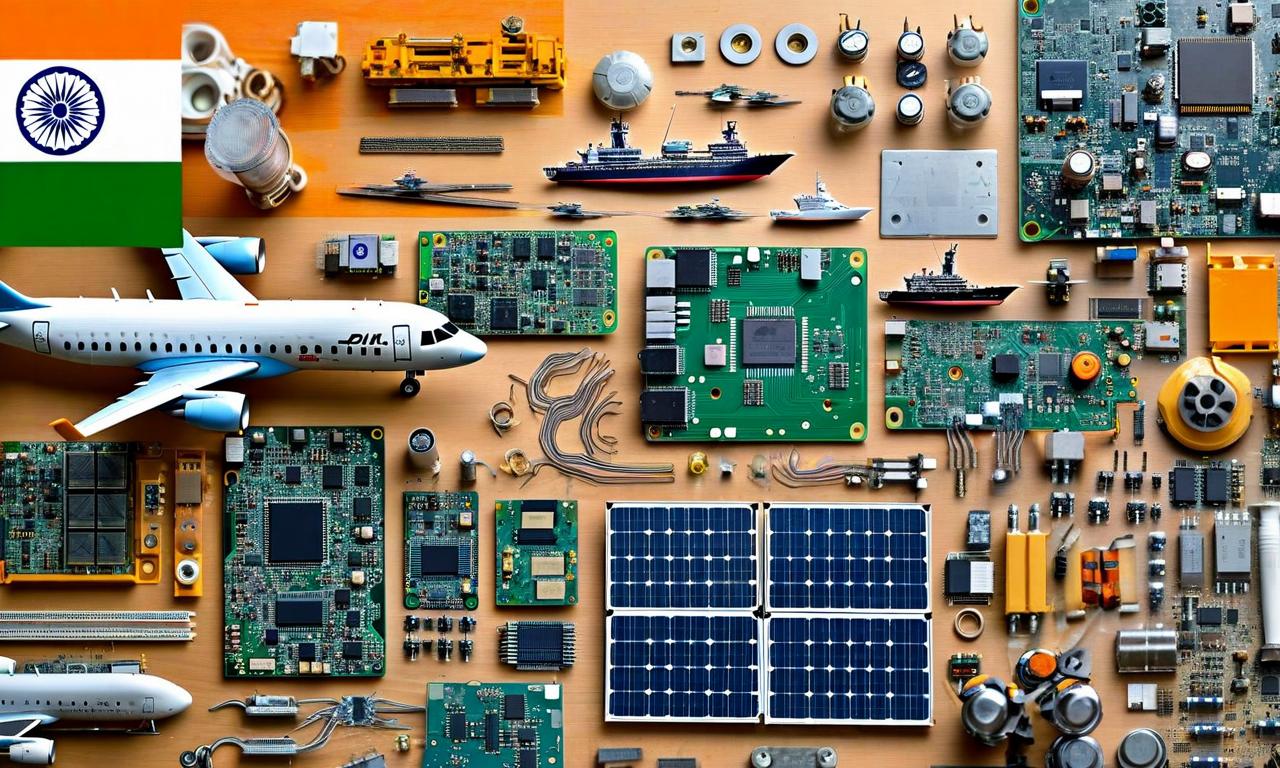Indian Government Approves Rs 62,000 Crore Deal for 97 Tejas Mark 1A Fighter Jets as Defense Sector Sees Private and Startup Growth
The Indian government has approved a Rs 62,000 crore deal for the Indian Air Force to acquire 97 LCA Tejas Mark 1A fighter jets. This brings the total order to 180 units, following a previous order of 83 aircraft. The deal aims to replace the aging MiG-21 fleet and modernize India's air defence capabilities. Hindustan Aeronautics Limited (HAL) is the primary manufacturer, with potential benefits for other defence industry players. Additional approvals include 156 LCH Prachand helicopters and upgrades for 84 Su-30MKI fighters. The Nifty Defence index has rallied over 18% in the past year, reflecting growing private sector and startup involvement in the defence industry.

*this image is generated using AI for illustrative purposes only.
In a significant boost to India's defence capabilities and domestic aerospace industry, the government has given the green light to a Rs 62,000.00 crore deal for the Indian Air Force (IAF) to acquire 97 LCA Tejas Mark 1A fighter jets. This approval marks a substantial expansion of the IAF's indigenous fighter fleet and is expected to have far-reaching implications for the defence sector.
Expanding the Tejas Fleet
The latest approval brings the total order for Tejas Mark 1A aircraft to 180 units. This follows a previous order of 83 aircraft, valued at Rs 48,000.00 crore, highlighting the government's commitment to strengthening India's air defence capabilities with homegrown technology.
Replacing Aging Fleet
The acquisition of these advanced fighter jets is part of a strategic move to phase out the aging MiG-21 fleet. The Tejas Mark 1A, with its modern avionics and enhanced capabilities, is set to play a crucial role in modernizing the IAF's combat aircraft inventory.
Impact on Defence Sector
The approval is expected to have a positive impact on several key players in the Indian defence industry:
Hindustan Aeronautics Limited (HAL): As the primary manufacturer of the Tejas aircraft, HAL is poised to benefit significantly from this deal. The company can now commence production under this new approval, potentially boosting its order book and revenue streams.
Bharat Electronics Limited (BEL) and Bharat Dynamics Limited (BDL): These companies, which supply various components and systems for defence projects, are likely to see increased investor interest due to their potential involvement in the Tejas production ecosystem.
Additional Defence Approvals
The Defence Acquisition Council has also greenlit other significant proposals, totaling an additional Rs 1,60,000.00 crore. These include:
- 156 LCH Prachand helicopters
- Upgrades for 84 Su-30MKI fighters
These approvals further underscore the government's focus on enhancing India's defence preparedness and supporting the domestic defence manufacturing sector.
Production and Delivery Timeline
Deliveries for the earlier order of 83 jets are scheduled to commence from February 2024. This indicates a robust production pipeline and suggests that HAL is gearing up for increased manufacturing activities.
Private Sector and Startup Growth in Defense Industry
The Nifty Defence index has rallied over 18% in the past year, reflecting the growing involvement of private players and startups in India's defense sector. Dr. B. K. Das, Director General of Electronics and Communication System at DRDO, noted that the sector has evolved from import-dependency to PSU leadership, and now features balanced public-private collaboration.
Major industry groups including Tatas, L&T, and Adanis have made notable investments and are actively working with the defense sector. DRDO has signed 2,000 tech transfer deals and 200 production licenses, indicating a robust ecosystem for innovation and production.
Dr. Das expressed pleasant surprise at startup involvement, particularly highlighting 25-year-old entrepreneurs bringing innovative ideas that exceed expectations. He emphasized that despite some core dependencies on imports, products are now designed, developed, and delivered end-to-end by Indian companies, supporting the nation's push toward defense technology self-reliance.
Conclusion
The Rs 62,000.00 crore deal for 97 Tejas Mark 1A fighter jets represents a significant milestone in India's journey towards self-reliance in defence production. As the project moves forward, it is expected to not only enhance the country's air defence capabilities but also provide a substantial boost to the domestic aerospace and defence manufacturing ecosystem. The growing involvement of private sector companies and startups further strengthens India's position in the global defense market, fostering innovation and technological advancement in the industry. Investors and industry watchers will be keenly observing the developments in this sector, particularly the performance of key defence public sector undertakings and private players involved in the project.


































